If you enjoy reading this blog, please leave a star rating on WealthTender. Thank you!
When the time comes, will central banks prioritise employment or inflation?
The goals of central banks are price stability and maximum employment. For much of the last four decades there was little conflict between the two. Strong disinflationary forces meant that unemployment, outside of recessions, could be kept low.
Things are changing. While there are tentative signs in the US and the Eurozone that inflation is moderating, it is still far too high, at least across the developed world. Alongside this tentative moderation in inflation, economic leading indicators have been falling. If unemployment starts to rise sharply (a hard landing) at a time when inflation is still too high, where will central banks' priorities lie?
I have been arguing for some time now that inflation is likely to remain elevated for many years to come (the ramifications of which for investors are significant). But I have also been arguing that weakening economic growth will cause inflation to fall somewhat in the short term, the next year or two. In other words, I believe that inflation will ease a little but then rise again, a scenario that will be brought about by central banks prioritising employment over inflation in the face of sharply weakening growth/a recession. The social and political pressure on them to cut interest rates and boost growth/employment, even if inflation remains high, will simply be too great.
Of course, there are three other possibilities. One: there is a recession involving a sharp rise in unemployment (a hard landing) and inflation falls to very low levels, to central banks' target or below. Two: there is no recession but inflation remains high. Three: there is no recession and inflation returns to a low level, whether that is the 2% that is normally considered the central bank target or something a little above that. Let's call these scenarios HL (for 'hard landing/low inflation'), SH (soft landing/high inflation), and SL (soft landing/low inflation). As for the scenario outlined in the previous paragraph, let's call that HH (hard landing/high inflation).
The four scenarios can be depicted in the below 2x2 matrix.
 Source: Chimp Investor
Source: Chimp Investor
The short-term (1-2 years) and longer-term (10-20 years) performance of bonds and equities will vary according to the scenario. For example, in my preferred scenario (HH), bonds may perform well in the short term as inflation falls somewhat, but then perform poorly in the longer term as inflation bounces back to high levels. Hard landing scenarios will be negative for equities. In the longer term, equities will do ok as companies adapt to a high inflation environment. Etc.
The expected short- and long-term performance of equities and bonds in each of the four scenarios is presented below.

Source: Chimp Investor
Clearly the most favourable scenario for both bonds and equities is SL, one in which there is a soft landing and in which inflation falls back to central bank target or thereabouts, then stays low. In other words, a return to the 'Goldilocks' world of what was known as The Great Moderation, the period that began in the mid-1980s and ended (for some) around the time the 2007/8 crisis or (for others) in 2021 when inflation began to rise sharply (it doesn't matter which).
I have labelled this scenario SL but could just as easily have used PD (pipe dream), PITS (pie in the sky), IYD (in your dreams), or various other idioms. I realise such frivolity may risk belittling this post, but I want to convey just how unlikely I believe this 'perfect' scenario to be. What were fairly mild recessions in the US in 1970 and 1974 failed to bring inflation that had started to rise above target in 1965 under control, ostensibly because the priority was on jobs and growth. Inflation was really only tamed in the early 1980s as a result of a hard landing recession brought about by then Fed chairman Paul Volker's very high interest rates. In other words, it tends to be only hard landings that stamp out persistently high inflation.
Of more concern is the fact that the 'perfect' SL scenario is the one currently being embraced by Fed governor Christopher Waller and supported, among others, by Fed chairman Jerome Powell. Opposition to Waller's argument has come from former Treasury Secretary Larry Summers and former IMF chief economist Oliver Blanchard. I wrote about the debate here, pointing out what I believed to have been a significant error in Waller's logic that Summers and Blanchard had not spotted.
My reasoning for a belief in the HH scenario (why inflation will remain elevated in the decade or two ahead, following a recession in the next couple of years) is as follows.
- Economic leading indicators portend weak growth ahead. For example, global and US purchasing manager indices (see below charts) have been falling and are now in 'contraction' territory (below 50). Consumer confidence indicators are also very weak. Tipping points at which companies begin to shed labour in a coordinated fashion could be reached fairly soon.


- Although, as mentioned, there are signs that inflation is moderating, the moderation is happening only slowly. At the same time, wages may now be accelerating (so-called second order effects) that will increase upward pressure on consumer prices i.e. stop inflation falling much. During the three months to October, wages in the UK rose by 6.1% year-on-year (see chart below). Anecdotally, public sector strike activity is on the rise, putting further upward pressure on wages. In the US, wage growth has fallen to 5.8% yoy in November since it peaked at 6.7% yoy in March. However, although it is only one month's data, November's earnings were 8.5% higher than October's on an annualised basis.
 Source: Office of National Statistics
Source: Office of National Statistics
It seems likely, given the above two points, that inflation will not have fallen much by the time recession hits. There will be huge pressure on central banks to prioritise growth/jobs over inflation, and thus I expect interest rates to be cut sharply when inflation is still well above central banks' target of c. 2%. The reflation will cause inflation to bounce back to high levels (perhaps high single digit or low double digit).
As I have written on previous occasions, inflation is far more complicated than is generally believed. It was not long ago that many had declared the Phillips Curve (the relationship, an inverse one, between wage growth/inflation on the one hand and unemployment on the other) to be dead, the reason being that the low levels of unemployment following the GFC did not seem to have an inflationary impact. Such declarations may well have been premature given that the high inflation of the last two or so years, as well as rising wage growth more recently, have coincided with tight labour markets.
Covid and Ukraine were not the causes of the high inflation but catalysts. In other words, inflation will not just fall back when they are behind us. Ultimately, as American economist Milton Friedman famously said, “Inflation is always and everywhere a monetary phenomenon, in the sense that it is and can be produced only by a more rapid increase in the quantity of money than in output.” In the face of strongly recovering private demand and unnecessarily loose fiscal policy over the last two or so years, monetary policy was far too accommodative. It is hard to get genies back into bottles.
It is possible that quantitative easing (QE) was inflationary after all. Just because there was a lag does not mean that there is no effect. Also, QE is not considered money printing only if commercial banks believe that their huge reserves will be taken away from them at some point. Since central banks have never shrunk balance sheets on anything other than a short term basis, commercial banks may begin to think they can start to lend out their massive reserves. Particularly if capital adequacy ratios are eased as they may well be in the years ahead.
Structural disinflationary forces that prevailed for much of the last four decades such as globalisation and offshoring of manufacturing may now be in reverse. There are other changes in structural forces such as heightened geopolitical risk and climate change that are likely to continue to present challenges to central bank policy in the years ahead.
There are two ways for debt issuers to default: hard and soft. Hard involves non payment while soft involves the real value of principal (and future coupons) being reduced by high inflation. The latter tends to be the more politically acceptable way for governments to default when debt levels get high as they are nowadays.
Central banks in recent months have done a decent job of persuading the financial press, and perhaps markets too, of their hawkish credentials. After all, the increase in Fed Funds Rate from 0.25% in May 2020 to 4.0% currently has been rapid. However, the increases in rates in the US and elsewhere appear to be having more of an impact on growth than on inflation. If/when joblessness starts to accelerate, central banks may be forced to reveal their true (i.e. dovish) nature.
The views expressed in this communication are those of Peter Elston at the time of writing and are subject to change without notice. They do not constitute investment advice and whilst all reasonable efforts have been used to ensure the accuracy of the information contained in this communication, the reliability, completeness or accuracy of the content cannot be guaranteed. This communication provides information for professional use only and should not be relied upon by retail investors as the sole basis for investment.
© Chimp Investor Ltd



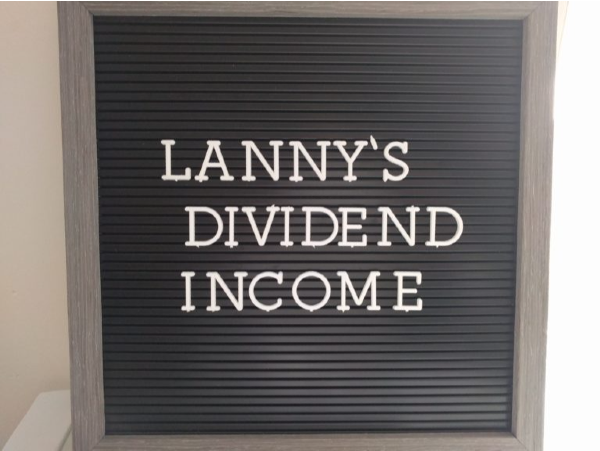

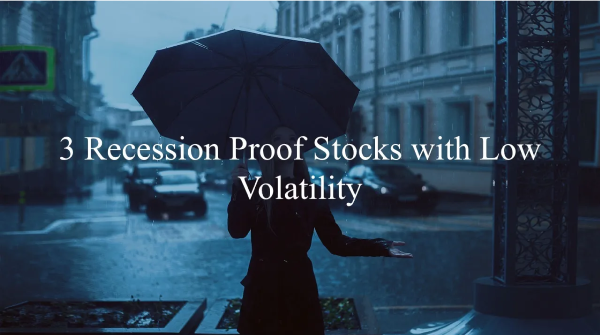


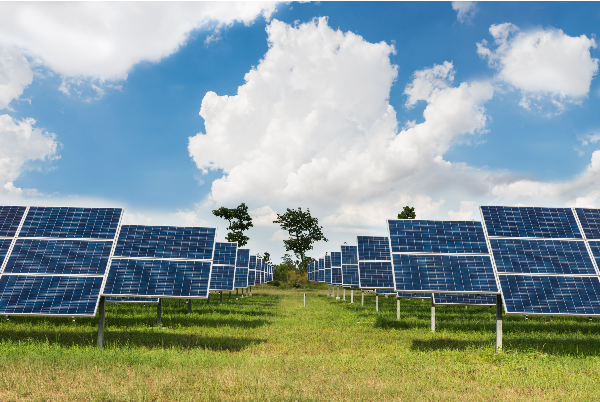

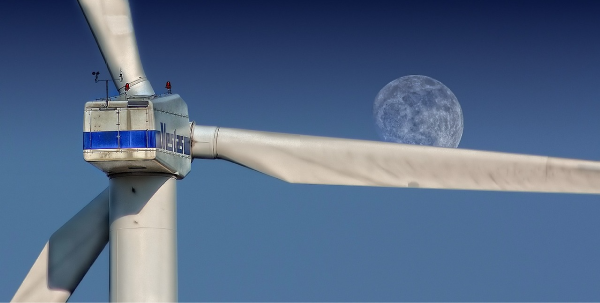
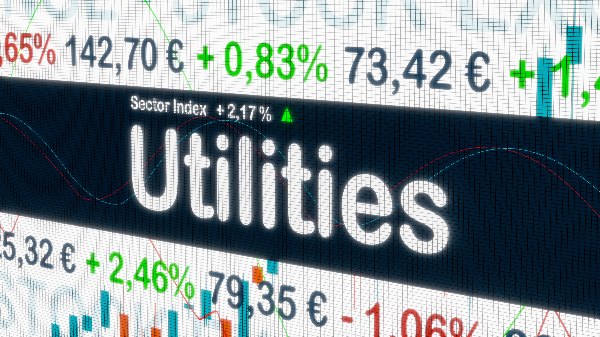






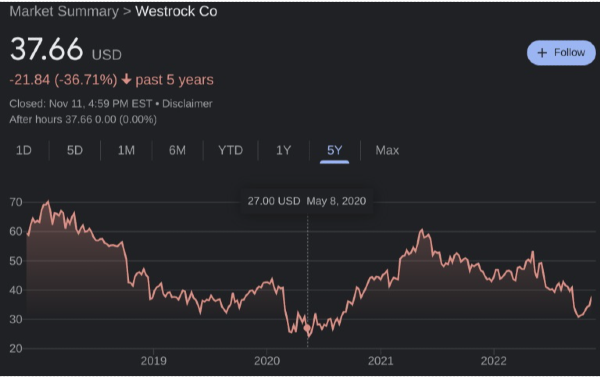

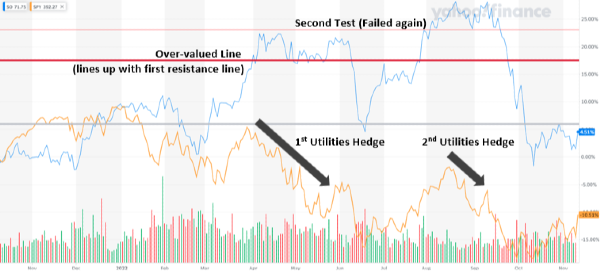









If you enjoy reading this blog, please leave a star rating on WealthTender. Thank you!
When the time comes, will central banks prioritise employment or inflation?
The goals of central banks are price stability and maximum employment. For much of the last four decades there was little conflict between the two. Strong disinflationary forces meant that unemployment, outside of recessions, could be kept low.
Things are changing. While there are tentative signs in the US and the Eurozone that inflation is moderating, it is still far too high, at least across the developed world. Alongside this tentative moderation in inflation, economic leading indicators have been falling. If unemployment starts to rise sharply (a hard landing) at a time when inflation is still too high, where will central banks' priorities lie?
I have been arguing for some time now that inflation is likely to remain elevated for many years to come (the ramifications of which for investors are significant). But I have also been arguing that weakening economic growth will cause inflation to fall somewhat in the short term, the next year or two. In other words, I believe that inflation will ease a little but then rise again, a scenario that will be brought about by central banks prioritising employment over inflation in the face of sharply weakening growth/a recession. The social and political pressure on them to cut interest rates and boost growth/employment, even if inflation remains high, will simply be too great.
Of course, there are three other possibilities. One: there is a recession involving a sharp rise in unemployment (a hard landing) and inflation falls to very low levels, to central banks' target or below. Two: there is no recession but inflation remains high. Three: there is no recession and inflation returns to a low level, whether that is the 2% that is normally considered the central bank target or something a little above that. Let's call these scenarios HL (for 'hard landing/low inflation'), SH (soft landing/high inflation), and SL (soft landing/low inflation). As for the scenario outlined in the previous paragraph, let's call that HH (hard landing/high inflation).
The four scenarios can be depicted in the below 2x2 matrix.
The short-term (1-2 years) and longer-term (10-20 years) performance of bonds and equities will vary according to the scenario. For example, in my preferred scenario (HH), bonds may perform well in the short term as inflation falls somewhat, but then perform poorly in the longer term as inflation bounces back to high levels. Hard landing scenarios will be negative for equities. In the longer term, equities will do ok as companies adapt to a high inflation environment. Etc.
The expected short- and long-term performance of equities and bonds in each of the four scenarios is presented below.
Source: Chimp Investor
Clearly the most favourable scenario for both bonds and equities is SL, one in which there is a soft landing and in which inflation falls back to central bank target or thereabouts, then stays low. In other words, a return to the 'Goldilocks' world of what was known as The Great Moderation, the period that began in the mid-1980s and ended (for some) around the time the 2007/8 crisis or (for others) in 2021 when inflation began to rise sharply (it doesn't matter which).
I have labelled this scenario SL but could just as easily have used PD (pipe dream), PITS (pie in the sky), IYD (in your dreams), or various other idioms. I realise such frivolity may risk belittling this post, but I want to convey just how unlikely I believe this 'perfect' scenario to be. What were fairly mild recessions in the US in 1970 and 1974 failed to bring inflation that had started to rise above target in 1965 under control, ostensibly because the priority was on jobs and growth. Inflation was really only tamed in the early 1980s as a result of a hard landing recession brought about by then Fed chairman Paul Volker's very high interest rates. In other words, it tends to be only hard landings that stamp out persistently high inflation.
Of more concern is the fact that the 'perfect' SL scenario is the one currently being embraced by Fed governor Christopher Waller and supported, among others, by Fed chairman Jerome Powell. Opposition to Waller's argument has come from former Treasury Secretary Larry Summers and former IMF chief economist Oliver Blanchard. I wrote about the debate here, pointing out what I believed to have been a significant error in Waller's logic that Summers and Blanchard had not spotted.
My reasoning for a belief in the HH scenario (why inflation will remain elevated in the decade or two ahead, following a recession in the next couple of years) is as follows.
It seems likely, given the above two points, that inflation will not have fallen much by the time recession hits. There will be huge pressure on central banks to prioritise growth/jobs over inflation, and thus I expect interest rates to be cut sharply when inflation is still well above central banks' target of c. 2%. The reflation will cause inflation to bounce back to high levels (perhaps high single digit or low double digit).
As I have written on previous occasions, inflation is far more complicated than is generally believed. It was not long ago that many had declared the Phillips Curve (the relationship, an inverse one, between wage growth/inflation on the one hand and unemployment on the other) to be dead, the reason being that the low levels of unemployment following the GFC did not seem to have an inflationary impact. Such declarations may well have been premature given that the high inflation of the last two or so years, as well as rising wage growth more recently, have coincided with tight labour markets.
Covid and Ukraine were not the causes of the high inflation but catalysts. In other words, inflation will not just fall back when they are behind us. Ultimately, as American economist Milton Friedman famously said, “Inflation is always and everywhere a monetary phenomenon, in the sense that it is and can be produced only by a more rapid increase in the quantity of money than in output.” In the face of strongly recovering private demand and unnecessarily loose fiscal policy over the last two or so years, monetary policy was far too accommodative. It is hard to get genies back into bottles.
It is possible that quantitative easing (QE) was inflationary after all. Just because there was a lag does not mean that there is no effect. Also, QE is not considered money printing only if commercial banks believe that their huge reserves will be taken away from them at some point. Since central banks have never shrunk balance sheets on anything other than a short term basis, commercial banks may begin to think they can start to lend out their massive reserves. Particularly if capital adequacy ratios are eased as they may well be in the years ahead.
Structural disinflationary forces that prevailed for much of the last four decades such as globalisation and offshoring of manufacturing may now be in reverse. There are other changes in structural forces such as heightened geopolitical risk and climate change that are likely to continue to present challenges to central bank policy in the years ahead.
There are two ways for debt issuers to default: hard and soft. Hard involves non payment while soft involves the real value of principal (and future coupons) being reduced by high inflation. The latter tends to be the more politically acceptable way for governments to default when debt levels get high as they are nowadays.
Central banks in recent months have done a decent job of persuading the financial press, and perhaps markets too, of their hawkish credentials. After all, the increase in Fed Funds Rate from 0.25% in May 2020 to 4.0% currently has been rapid. However, the increases in rates in the US and elsewhere appear to be having more of an impact on growth than on inflation. If/when joblessness starts to accelerate, central banks may be forced to reveal their true (i.e. dovish) nature.
The views expressed in this communication are those of Peter Elston at the time of writing and are subject to change without notice. They do not constitute investment advice and whilst all reasonable efforts have been used to ensure the accuracy of the information contained in this communication, the reliability, completeness or accuracy of the content cannot be guaranteed. This communication provides information for professional use only and should not be relied upon by retail investors as the sole basis for investment.
© Chimp Investor Ltd
Originally Posted in Chimp Investor